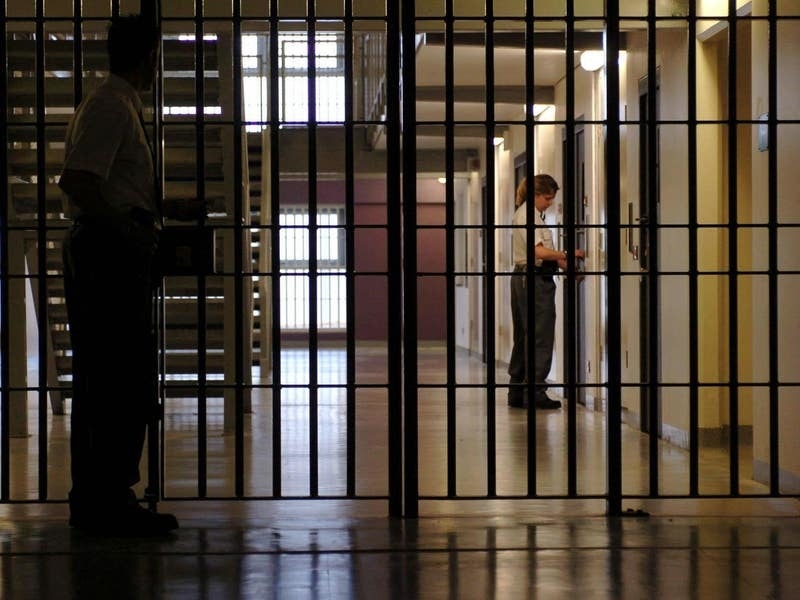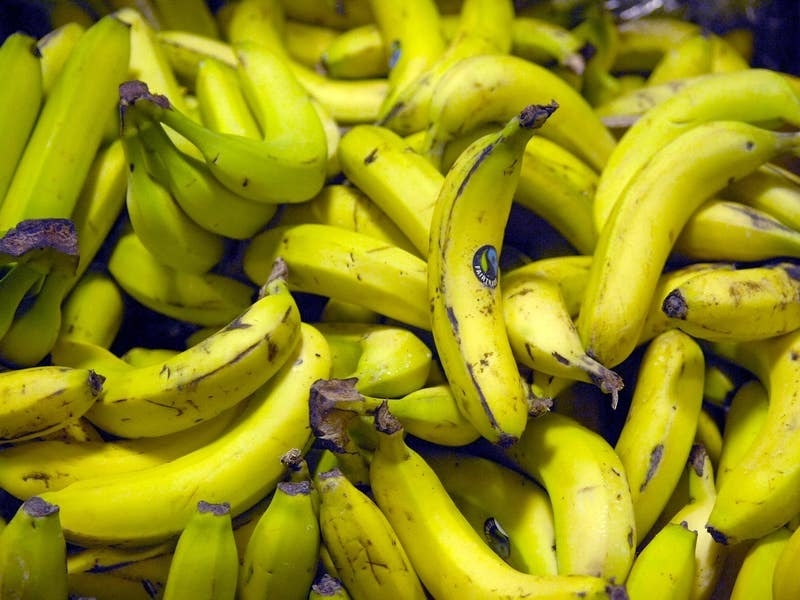Tanning beds and sunbathing may be linked to a greater risk of developing endometriosis, according to a new study.
Researchers found that risk of endometriosis increased the more young women used tanning beds, got sunburnt or used sunscreen during their teenage and young adulthood years.
However, the study also found that women living in parts of the United States with high levels of ultraviolet light throughout the year – such as southern parts of the US – were less likely to be diagnosed with the painful condition.
“While the exact mechanisms underlying the association between endometriosis and melanoma are not known, several studies have found a greater risk of endometriosis in women who are sensitive to sunlight, don’t tan easily and have red hair, light eyes, freckling or a high number of moles.
“These associations may reflect a common genetic background between endometriosis and melanoma or an underlying association between sun exposure and risk of endometriosis.”
Endometriosis is a condition where tissue similar to the lining of the womb grows in other places, such as the ovaries and fallopian tubes.
Celebrities such as singer Dolly Parton and journalist Emma Barnett have previously spoken out about their experiences with the condition.

Every two years, up until June 2015, the participants completed questionnaires about their medical history, their exposure to risk factors for several chronic diseases.
They were also asked about their tendency to sunburn, the number of moles on their legs and their number of severe sunburns between the ages of 15 and 20 years.
In 1993 they provided information on their use of sunscreens and in 2005 reported on their use of tanning beds during their teenage and early adult years and between the ages of 25-35 years.
From 1993 onwards, the women were also asked whether they had endometriosis, diagnosed by laparoscopy.
Researchers restricted the analysis to white women, because of known racial and ethnic disparities in endometriosis diagnosis and differences in the influence of UVA and UVB light for different races.
Among the 95,080, there were 4,791 cases of endometriosis diagnosed with laparoscopy over the follow-up period.
Researchers found that compared to women who never used tanning beds, those who used them six or more times a year when they were teenagers and young adults had a 19% increased risk of endometriosis.
If they used them six or more times a year between the ages of 25 and 35, they had a 24% increased risk, according to the study published in the Human Reproduction journal.

This means that around five women in every 100 might develop endometriosis over an average follow-up period of nearly 14 years per person if they had never used tanning beds as teenagers, young adults or between the ages of 25 and 35.
But nearly seven women in 100 would develop it if they used tanning beds more than three times a year.
A history of five or more sunburns between the ages of 15 and 20 was associated with a 12% increased risk of endometriosis compared to women who were never sunburnt.
Compared to those who never used sunscreen, those who used it all the time had a 10% increased risk of endometriosis.
Women who lived in the sunniest parts of the country at birth, at age 15 and at 30, had a 19%, 21% and 10% reduced risk of endometriosis respectively compared to women living in parts of the US with the least annual sunshine.
Co-lead author of the study, Professor Stacey Missmer, of the Michigan State University College of Human Medicine and the Harvard TH Chan School of Public Health, said: “Our findings suggest that avoiding excessive recreational sun exposure and tanning beds may reduce your endometriosis risk.”
The researchers caution that the mechanisms between exposure to the sun and tanning beds and risk of endometriosis are not clear and, as the study is observational, it cannot show that these exposures cause the increased risk of endometriosis.






